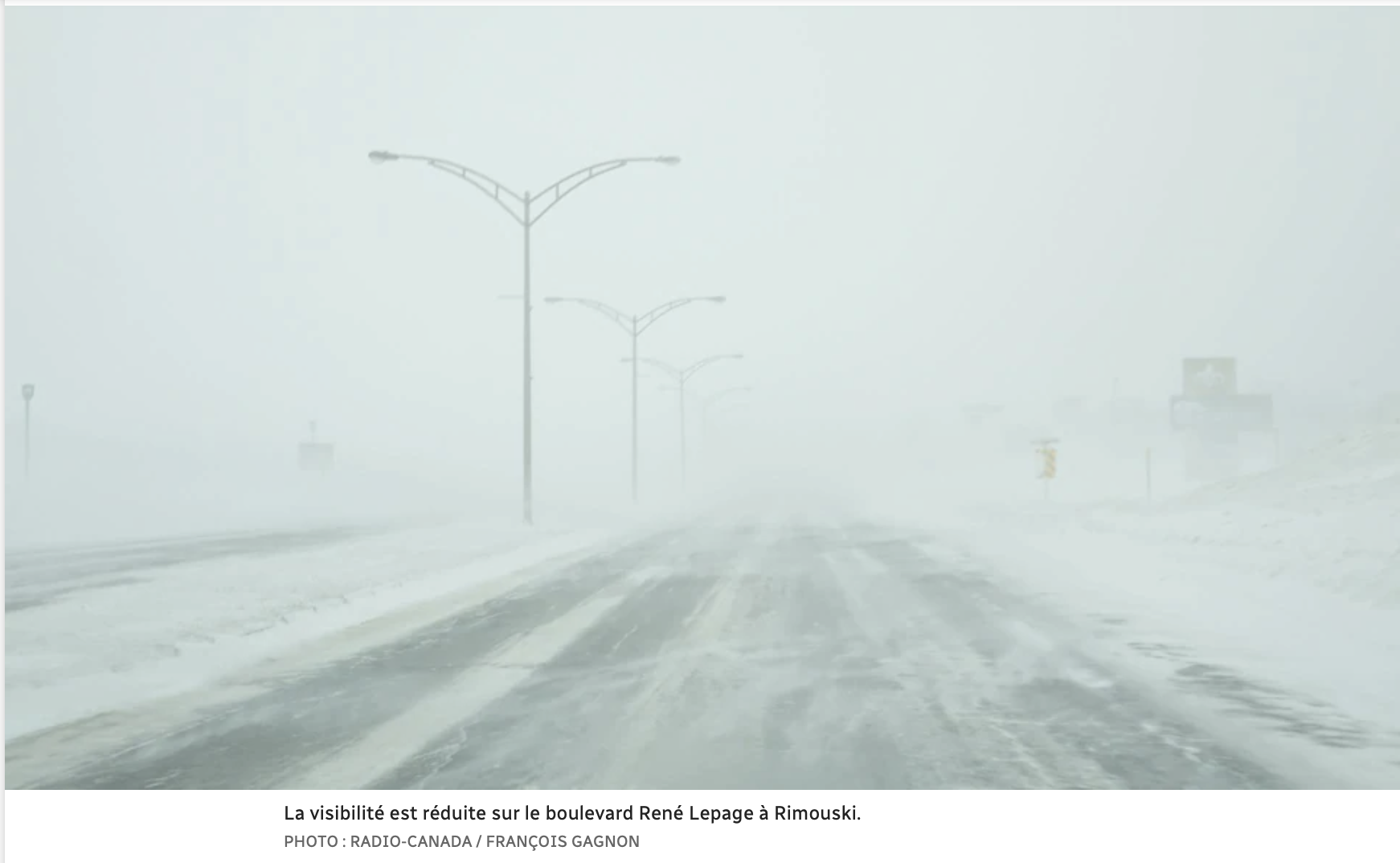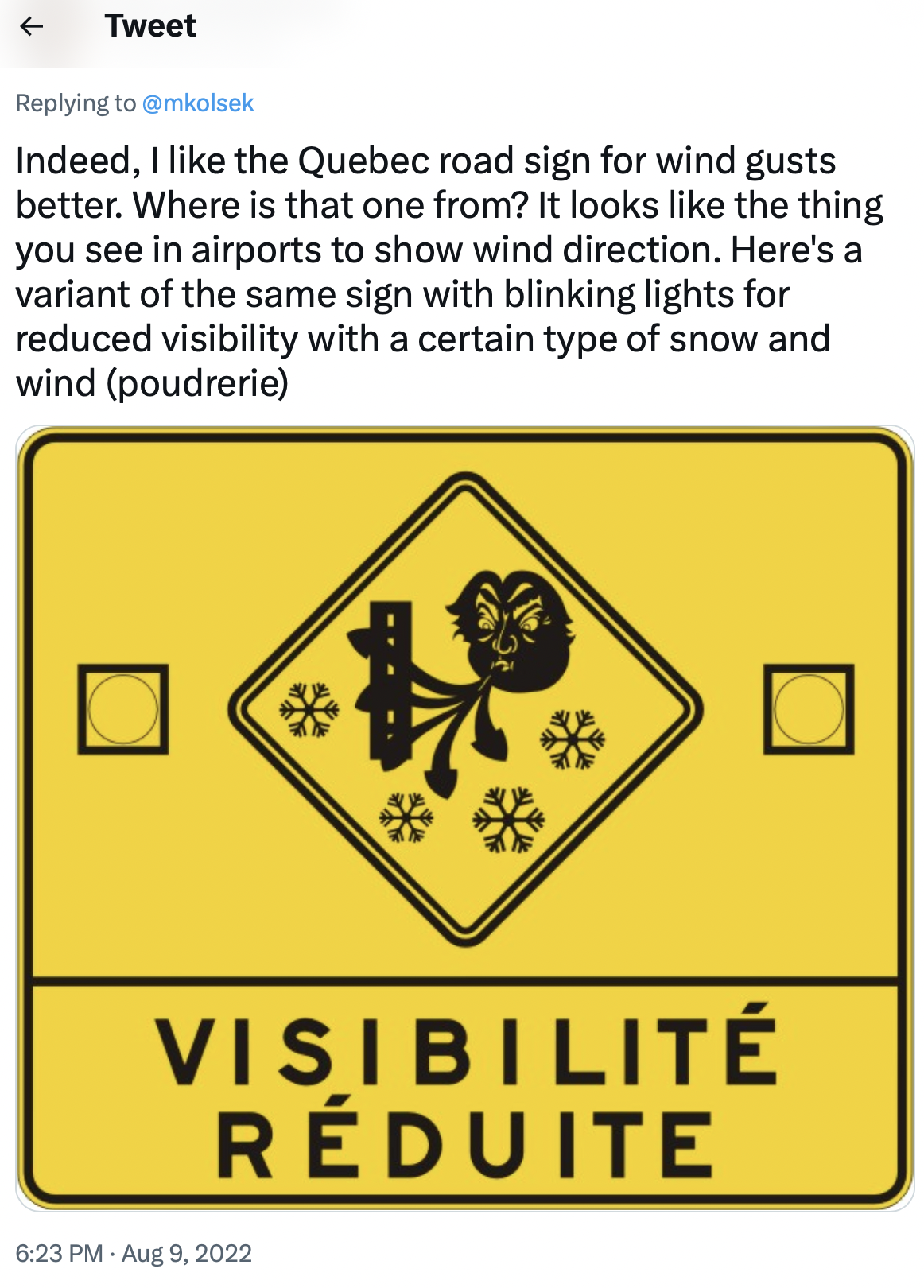Quick links
poudrerie
< Canadian French poudre 'powder'
DCHP-3 (Apr 2025)
n. — Weather, Automotive
a particularly severe type of white-out condition (see Image 1).
Type: 4. Culturally Significant — A French-Canadian word that is used in Canadian English (see the 1837, 1951 and 2022 quotations below). While its frequency is modest, it has a long pedigree (see quotations) and today some (see the 2022 quotation) are familiar with it.
Poudrerie usually refers, more specifically, to a fine, light, powdery form of snow that is easily blown about by gusts of wind (see the 1760, 1887 and 1987 quotations).
The blowing snow of a poudrerie significantly reduces visibility. As a result, the word is often used when weather conditions are of especial concern for drivers (see Image 1 and the 2022 quotation below).
Quotations
1760
A circumstance that considerably adds to the horror of this season, is a kind of meteor seldom observed in other countries, and which the inhabitants distinguish by the name of poudrerie or powdering. It is a species of very fine snow, which insinuates itself into every hole and corner, and even into the minutest crevices.
1837
The whole of Sunday and Monday our city was enveloped in poudrerie, extremely unpropitious to the custom of making visits. . . .
1887
[In speaking of the climate near Hudson's Bay he uses the word poudrerie, adding in a parenthesis: "C'est ainsi qu'on appelle une petite neige qui s'insinue partout." This most expressive name for a storm of fine, hard, drifting, powdery snow has not yet been recognized in France.]
1951
The real northern blizzard has no match anywhere, and for it the old "coureur de bois" invented the word poudrerie.
1987
There is a word in Quebec that is heard nowhere else on earth. It is, as you might expect, a word for snow -- not just any snow, but those fine, tiny crystals that dance on the early winds of winter. The word is poudrerie, and you won't find it in your Larousse dictionary, for it is unknown in France.
2022
(see also Image 2) Indeed, I like the Quebec road sign for wind gusts better. Where is that one from? It looks like the thing you see in airports to show wind direction. Here's a variant of the same sign with blinking lights for reduced visibility with a certain type of snow and wind (poudrerie).
Images

Image 1: Conditions of poudrerie. Photo: Radio-Canada (François Gagnon)
